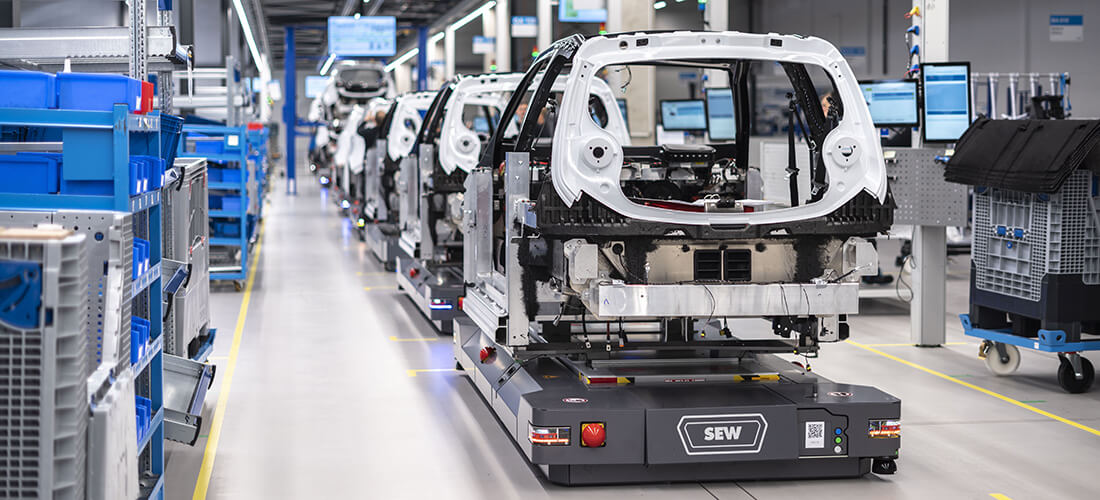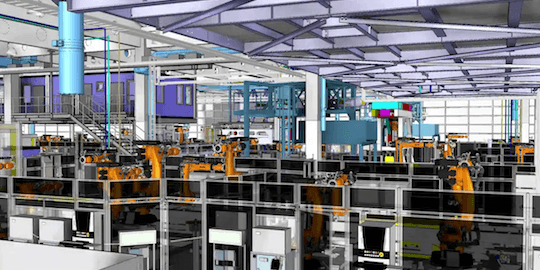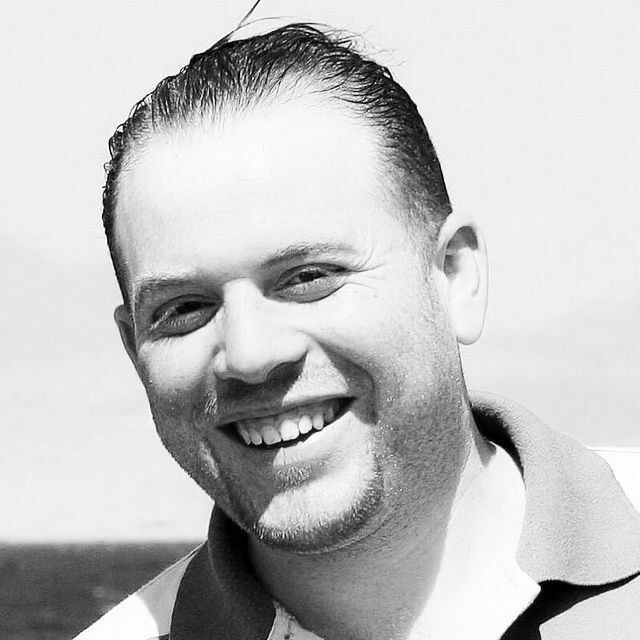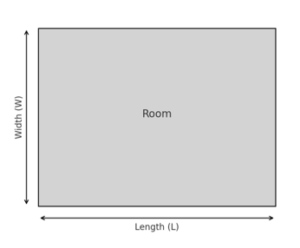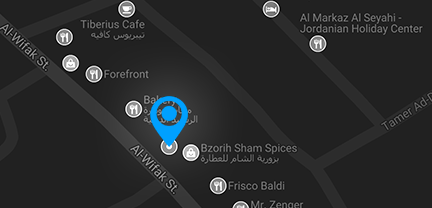After causing a sensation with StreetScooter GmbH, Günther Schuh, a professor at RWTH Aachen University, has a new venture with electric car company e.GO. Based in Aachen, Germany, e.GO produces electric vehicles in series and is also pioneering modern factory design as a key to its business model: Its smart factories and single digital platform keep all construction contractors on track.
For decades, RWTH Aachen University has been a training ground for the German automotive industry. Soon after talented engineering students get their degrees, they often go on to work at Audi, BMW, and other companies. Now, Aachen has its own automobile manufacturer, e.GO Mobile AG, which is situated on the RWTH Aachen University campus and aims to bring affordable electric mobility to the masses. The startup, which already has 500 employees, produces the e.GO Life, a small electric car for urban drivers; and the e.GO Mover, an electric minibus.
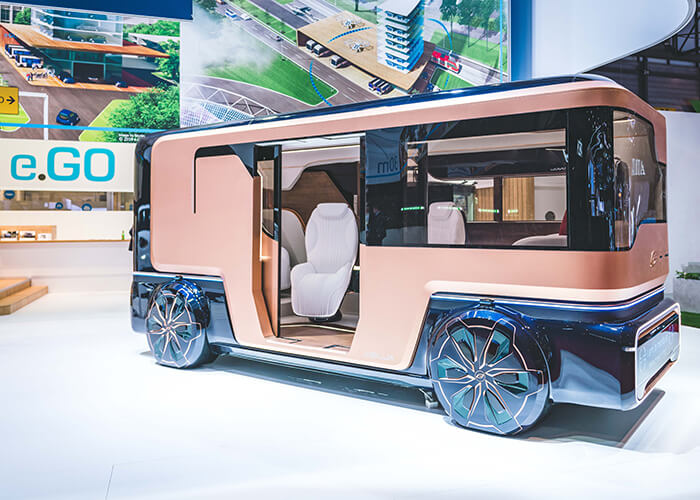
“We don’t just make cars; we see our factory as a product, too,” says Matthias Bertling, who worked as a manager at RWTH Aachen University’s Laboratory for Machine Tools and Production Engineering (WZL) and has now joined e.GO as the senior manager of Factory Planning. Bertling is responsible for the company’s factory design, which he says is “the most modern factory-design method currently on the market.”
In just two years, e.GO has built two factories in Aachen, while also developing its vehicles and the process design in its factory. A third factory, currently under construction, also will be designed with the highest level of flexibility. This is possible via a cloud-based BIM model that brings together all the contractors involved in construction—what experts call an “integrated factory model.”
From 2D to 3D
Factory layouts are still mainly based on 2D drawings. Subcontractors are not usually integrated into the digital model—if they are, it’s only as placeholders. Little or no consideration is given to the building, MEP engineering, or infrastructure, even though the data is readily available.
Instead of using this outdated model, e.GO wanted to fundamentally change its processes and workflows to reduce design and implementation time, which would allow earlier product-launch dates. All the companies involved in construction would play a role in the design: from architects, factory planners, construction companies, and assembly experts to fire-protection specialists and the various authorities. The designs, data, and information (on costs, suppliers, materials, floor area, and so on) can all be found in the integrated factory model. As with software development, the contractors meet every three weeks during the design phase to feed up-to-date information into the central model, compare data, and exchange information.
The integrated factory modeling at e.GO relies on Autodesk’s connected software tools across architecture, mechanical engineering, infrastructure, and MEP disciplines. Revit plays into designing the building and MEP, while AutoCAD and Inventor help to model inventory (such as machines) in the factory. On top of that, Infraworks can map out the surroundings, and the construction contractors are able to carry out collision tests with Navisworks. The coordination model, which links each part of the specialist planning, can be visualized in VRED. The BIM 360 platform provides the central data storage and offers a comment function, while Vault manages the information.
One Data Model for the Factory Lifecycle
“With this integrated factory design, we can save up to 35% of overall costs,” Bertling says. “Errors can be detected at an early stage, and the time allocated for design and construction is significantly reduced.” This doesn’t mean that the central data model becomes superfluous once the factory is online and production has started; the model will remain a part of the factory throughout its entire lifecycle, from design and construction to operation. The model can even be copied if more factories are planned.
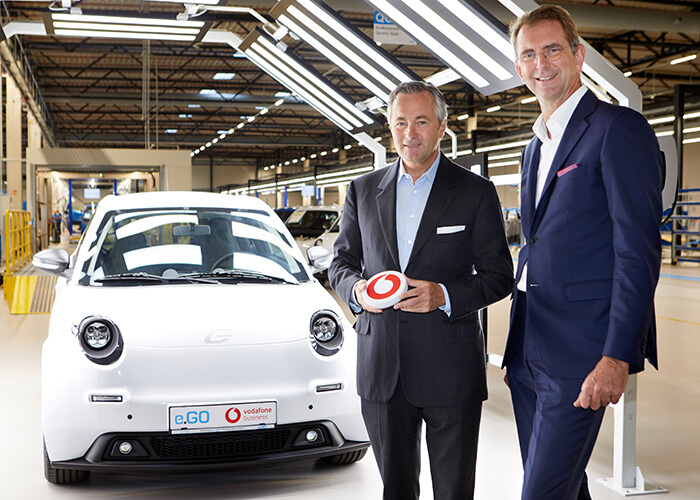
“We no longer look at factory design as a project that is completed once the production line is up and running,” Bertling says. “Instead, we see the factory as something that is continuously changing.” The goal is to integrate real-time data into the digital model to monitor and make any necessary changes to the factory, either on-site or remotely. This process works through 5G technology; e.GO was the first car manufacturer to integrate 5G into its factory. Instead of settling for Level of Detail (LOD) 500, e.GO goes one step further and calls this live transmission “Level of Excellence.”
The first e.GO plant is now a flagship factory that welcomes 10,000 visitors a year—many of whom are executives and managers from established automotive brands. Onefactory GmbH, another Aachen-based company, has plans to professionally market and raise international awareness of the concept of integrated factory modeling using e.GO as an example. It is a move that is certain to spark the interest of manufacturers beyond the automotive industry.
original post: https://www.autodesk.com/redshift/modern-factory-design/
